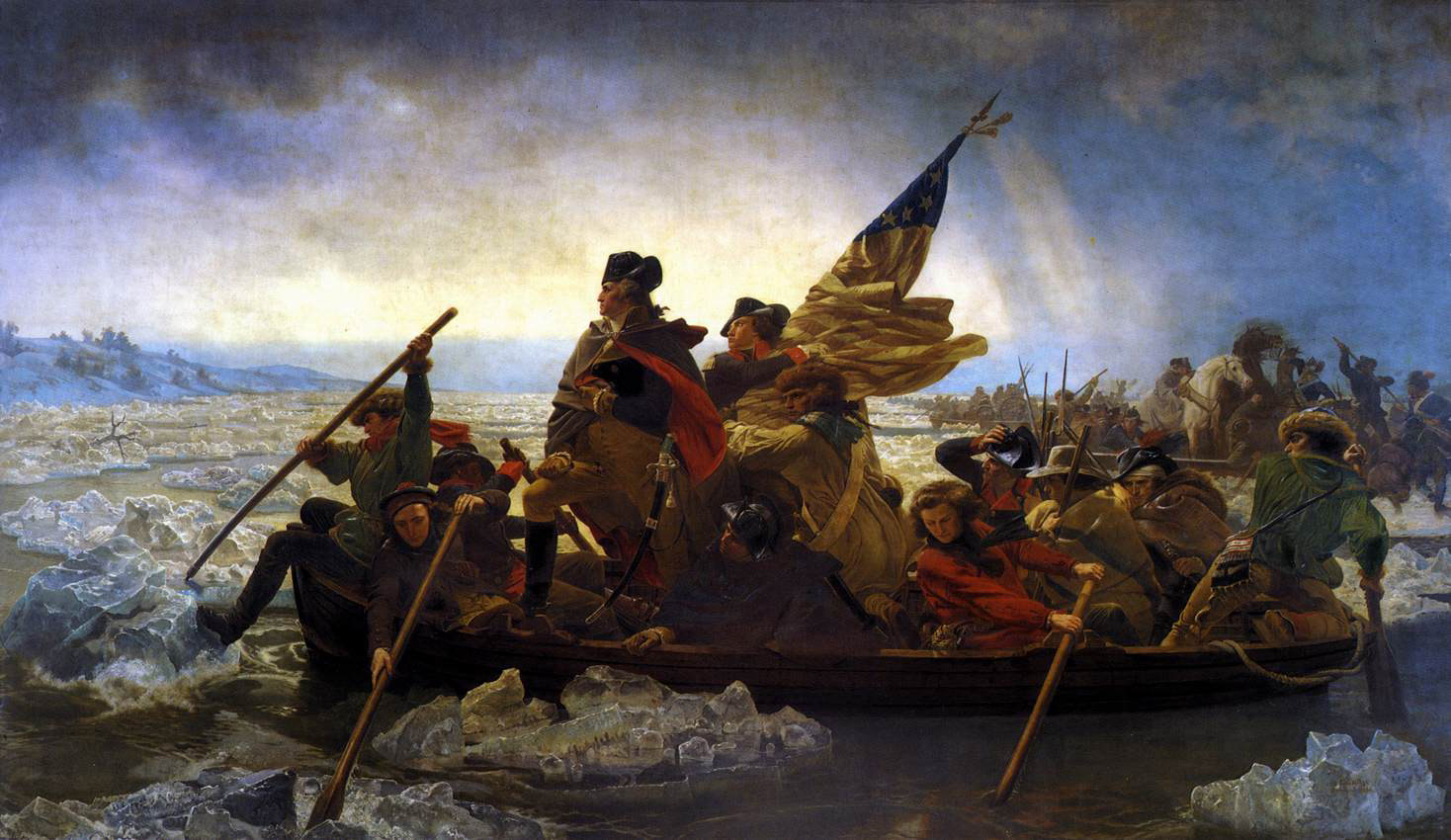Van Gogh’s Socialism in
“The Starry Night.”
It’s about the village.
Burton Weltman
Preface:
When I look at a painting, my attention is drawn first to what could be deemed the aesthetics of the thing. That is, do I think it looks good. But then I look to see whether there is a story in the painting. That is, what do I think might have happened before and after the moment captured by the artist, why did the artist choose to represent these subjects, objects and/or shapes, and what might be the relationships among them. We humans are story-making and story-telling creatures, and I think that we tend to look for stories in almost everything we see. And that includes paintings, even if we are not aware of our doing it.
The stories implicit in a painting can have an effect, even if subliminal, on our appreciation of a picture. And just as the artist’s aesthetic choices and effects can influence our view of the world around us, so, too, I think the stories embedded in a picture may affect our feelings about the world. They may make us feel more optimistic or pessimistic, may reinforce a collective sense or an individualistic orientation, may encourage us to reflection or to action, and may otherwise reinforce or contradict our feelings about things.
I think that is the case with Van Gogh’s painting The Starry Night and it may be one of the reasons for its popularity.
Together in an Enormous universe.
I have a calendar of Van Gogh paintings. The featured picture for April is The Starry Night that is exhibited at the Museum of Modern Art in New York. The Starry Night is a very popular painting. It is one of the most widely reproduced paintings in the world. It has become an icon of popular culture. There is even a hit song about it, Starry Starry Night by Don McLean. What is it that makes it such a popular picture?
The painting portrays some stars and the moon in the sky, and some mountains, fields and a village on the earth below. It appears to be early dawn. The sky and the general landscape are apparently based on the view from van Gogh’s window. The village that was inserted into the landscape was based on his imagination and/or memories.
I was looking at the picture this morning when something dawned on me. Everything that I have read or heard about the picture focuses on the stars, which is not surprising given that the painting is called The Starry Night. But maybe the painting is primarily about the village, and maybe the village is one of its primary attractions.
It is a menacing and almost scary picture. The swirling exaggerated stars. The whirling exaggerated moon. What looks like a billowing wind visually blowing across the sky. Dark ominous mountains. A sinister-looking cypress in the left foreground. Agitated foliage in the background. Nature seems to be alive and not wishing us well.
But in the lower-middle of the picture is a peaceful little town. Houses with lights on in some of the windows. And a church steeple that stands straight and tall in the midst of all this churning motion and emotion, and seems to show defiance to the menacing elements. It is a picture of a community that offers some comfort to the viewer. Huddled together we can help each other get through the difficult night and make it to a better dawn.
Van Gogh was an ardent socialist. The Starry Night might reflect his vision of collective security in the midst of a turbulent world. And that comforting image may be one of the keys to the painting’s popularity.
Postscript: Isn’t it ironic that the works of a poverty-stricken painter, and an avowed socialist no less, who intended his paintings to be about and for poor workers and peasants, sell today for tens of millions of dollars and are owned only by rich people and rich institutions? And for the most part can be seen only by those with considerable means. It will cost you $25 to see The Starry Night at the Museum of Modern Art. $16 if you are a senior citizen and only $14 dollars if you can prove you are a full-time student. A bit stiff for Van Gogh’s intended audience.
BW 4/21
